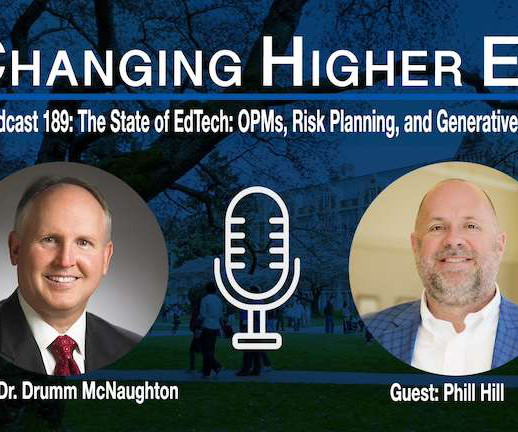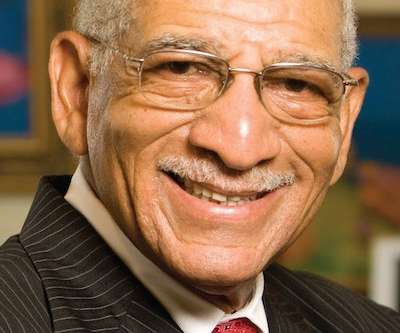Education Department faces calls to rescind outsourcing guidance
Confessions of a Community College Dean
APRIL 3, 2023
The department wrote a Dear Colleague letter in February that said any entity involved with the administration of an institution’s federal student aid is considered a third-party servicer, which puts them under the department’s oversight authority and subjects the companies’ contracts with institutions to regular audits.












Let's personalize your content